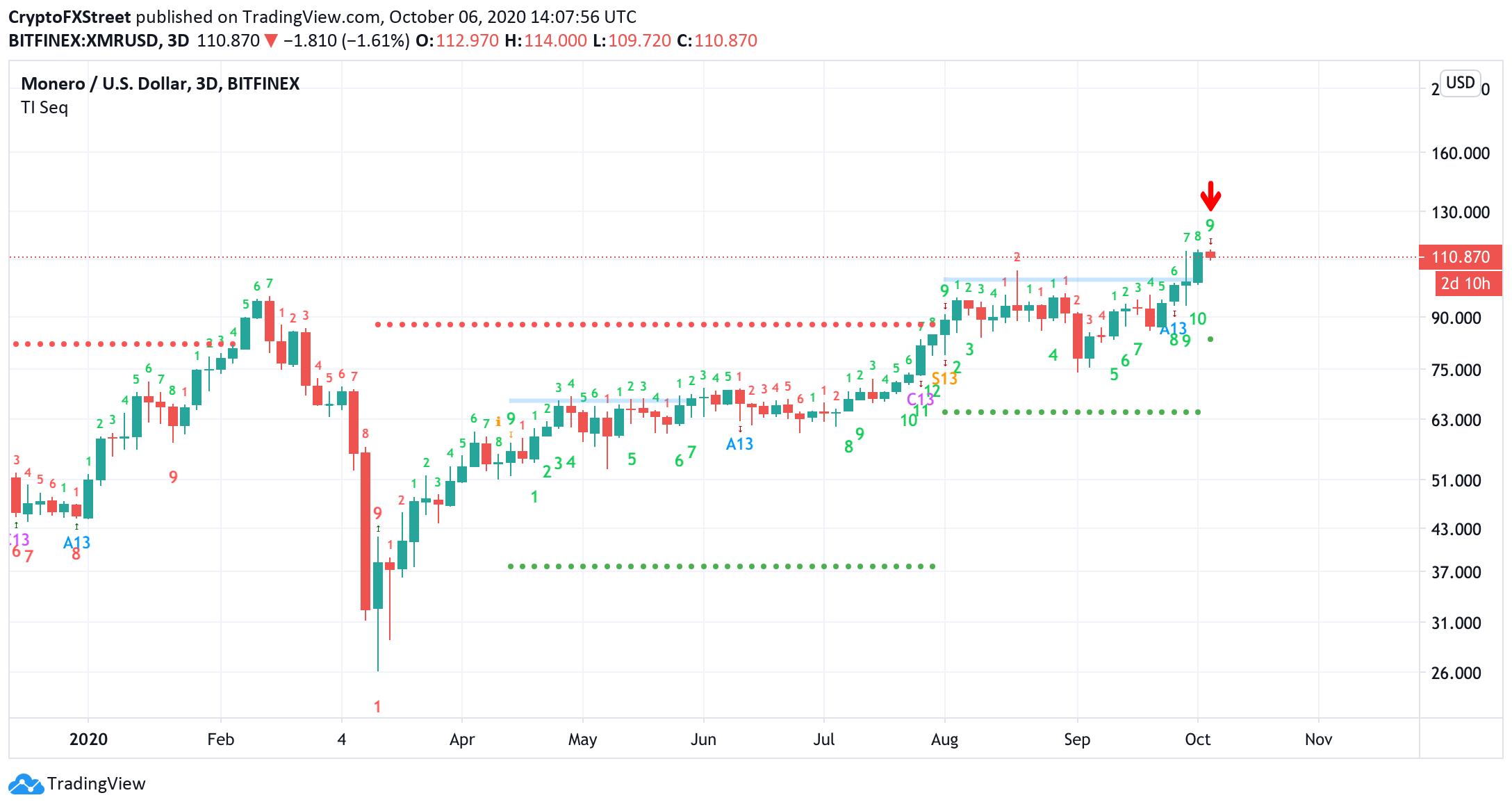- New malware can secretly mine Monero and steal sensitive data from victims’ devices.
- The technical picture implies that XMR bulls hit the brick wall.
The researchers from Unit 42, the global threat intelligence team at Palo Alto Networks, discovered a new version of cryptojacking malware for named Black-T. The virus is created by a group known as TeamTnT specializing in stealing Amazon credentials and mining Monero (XMR) on the infected device.
The new reincarnation of Black-T also disables the competing mining programs on victims’ devices. Apart from that, the malware discovers sensitive information about the user and sends it back to the hacker. Such data includes passwords and bank account details. Armed with this data, bad guys can launch new hack attacks of just steal all the money from the victim’s bank account or cryptocurrency wallet.
Black-T employs the tool named Mimikatz to retrieve non-encrypted passwords from Windows and intercept user sessions.
According to Unit 42, researcher Nathaniel Quist, “Of these new techniques and tactics, most notable is the targeting and stopping of previously unknown cryptojacking worms.” Thus the hacker can utilize al the computing power of the device to their own benefit.
Why hackers’ love is bad for Monero
Monero is one of the favorable coins of cryptojackers. The privacy features of the asset make it attractive to hackers. At the same time, it provokes the increased focus from the regulatory authorities.
According to the leaked documents, the Federal Bureau of Investigations (FBI) was frustrated by Monero’s untraceability. Meanwhile, the US Internal Revenue Service (IRS) recently offered a reward to those who can break Monero’s privacy robustness.
Apart from that, cryptocurrency exchanges tend to delist XRM to avoid issues with the regulators. Most recently, the Japan-based trading platform, Liquid, delisted Monero to comply with the cryptocurrency regulation in Singapore. The exchange wanted to get a license of crypto exchange operators in the country.
Bithumb crossed out Monero from tradable assets as the coin was involved in purchasing illegal pornographic materials in Telegram channels.
BitBay waved goodbye to Monero in February 2020. The cryptocurrency exchange operator explained the decision by the desire to adhere to anti-money laundering standards.
XMR/USD: The technical picture
At the time of writing, XRM/USD is changing hands at $111.60. The coin has retreated from the intraday high of $114.00; however, it is still in a green zone on a day-to-day basis. Monero bottomed at $74.27 on September 5 and has been on the recovery track ever since. Now the technical picture implies that that bullish trend is running out of steam.
XRM/USD weekly chart
From the long-term perspective, XMR/USD has reached an important resistance area of $114.00-$120.00 what stopped that has been limiting the price recovery since the end of 2018. The fact that the price reversed from this area both on Monday and Tuesday adds credibility to the resistance area.
If holds, the price may retreat towards $100 and retes the September low of $74.77.
XMR/USD 3-day chart
Not that the TD Sequential indicator presented a sell signal on XMR’s 3-day chart, adding bearish colors to the technical picture. The bearish formation developed as a one may follow a green nine candlestick to four three-day candlesticks correction.
A red two candlestick trading below a preceding red one candle could serve as confirmation that Monero is poised to drop further, at least towards $64.
On the flip side, if the bulls manage to push the price above $120, XMR might catapult to $155.

